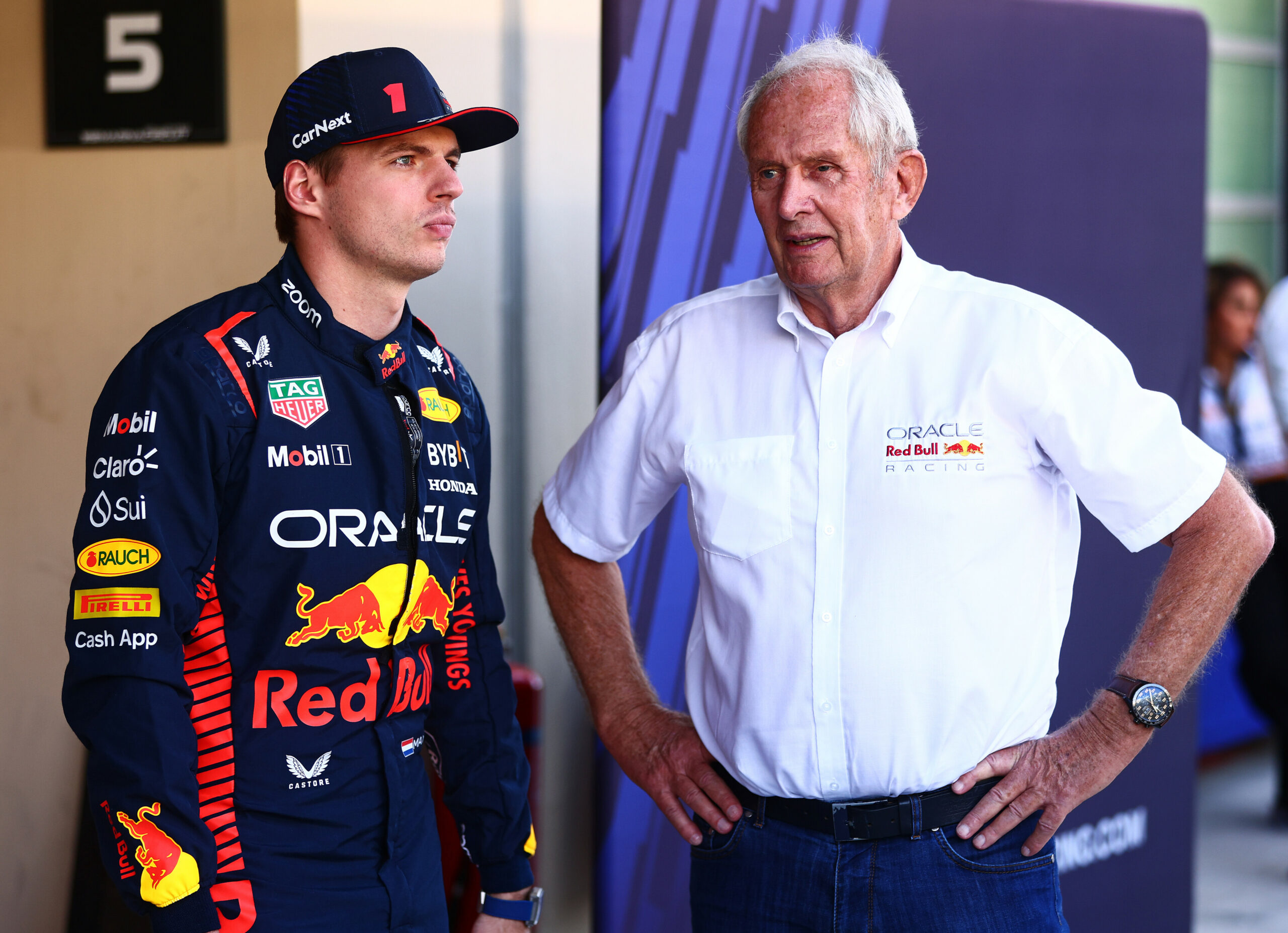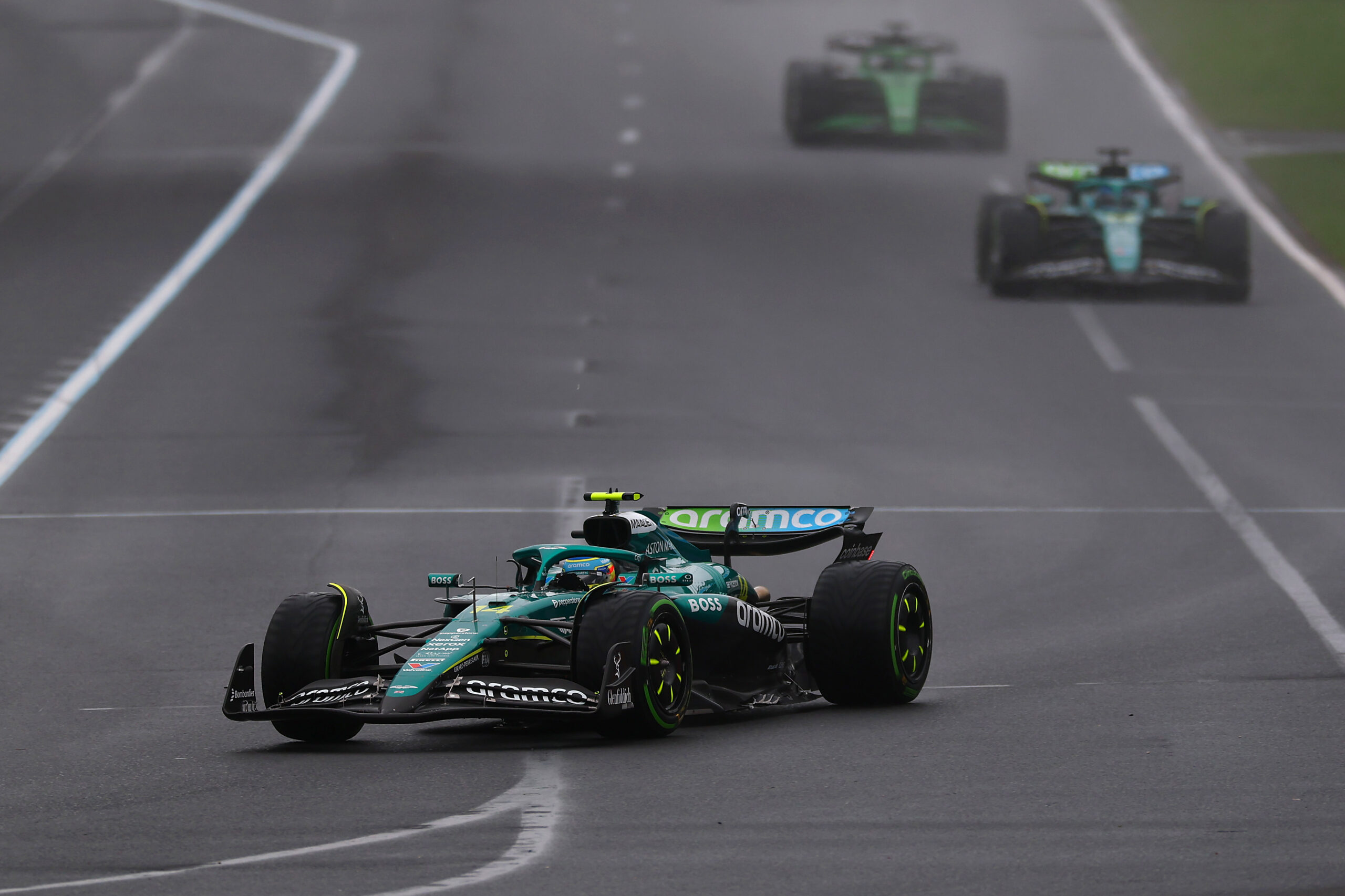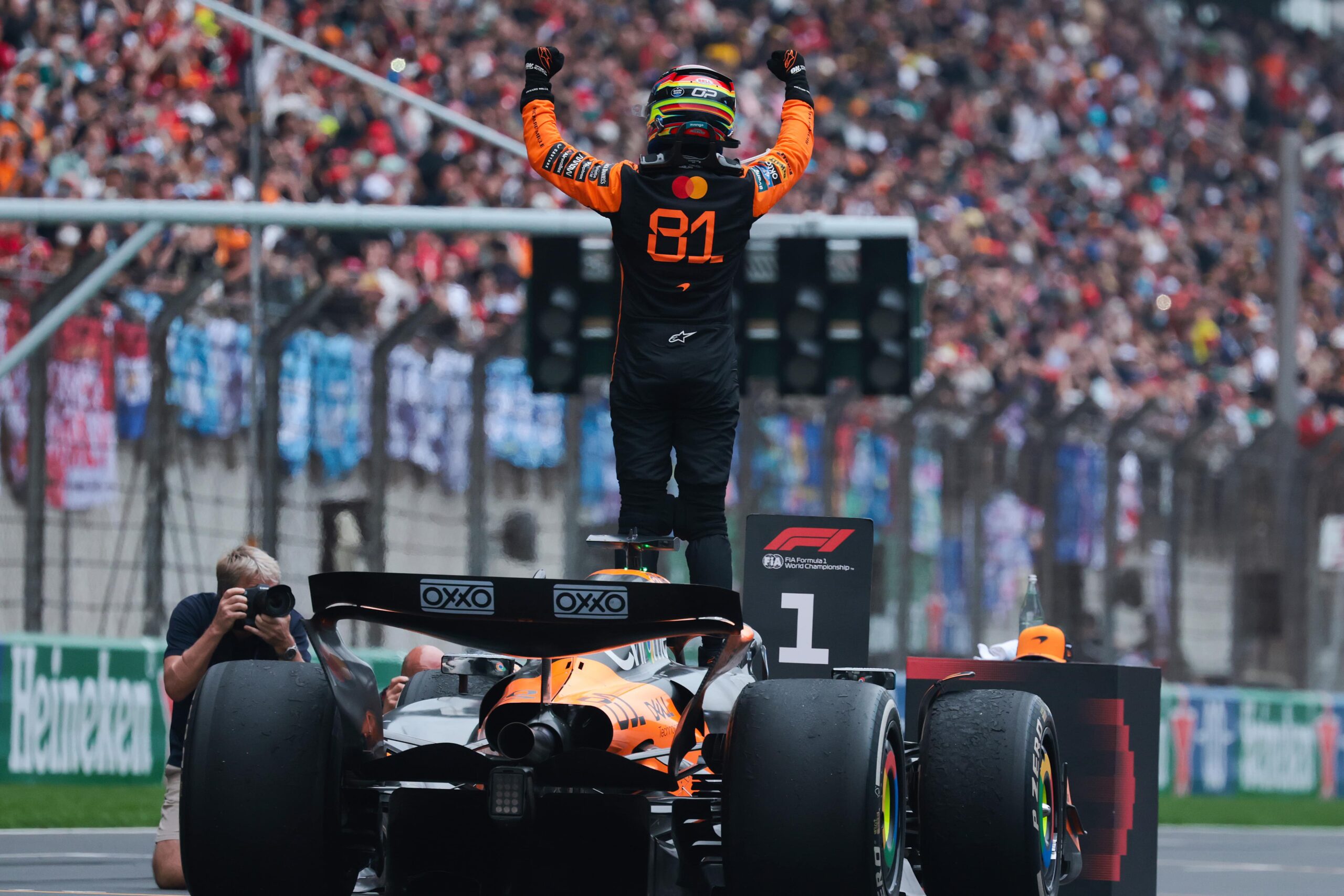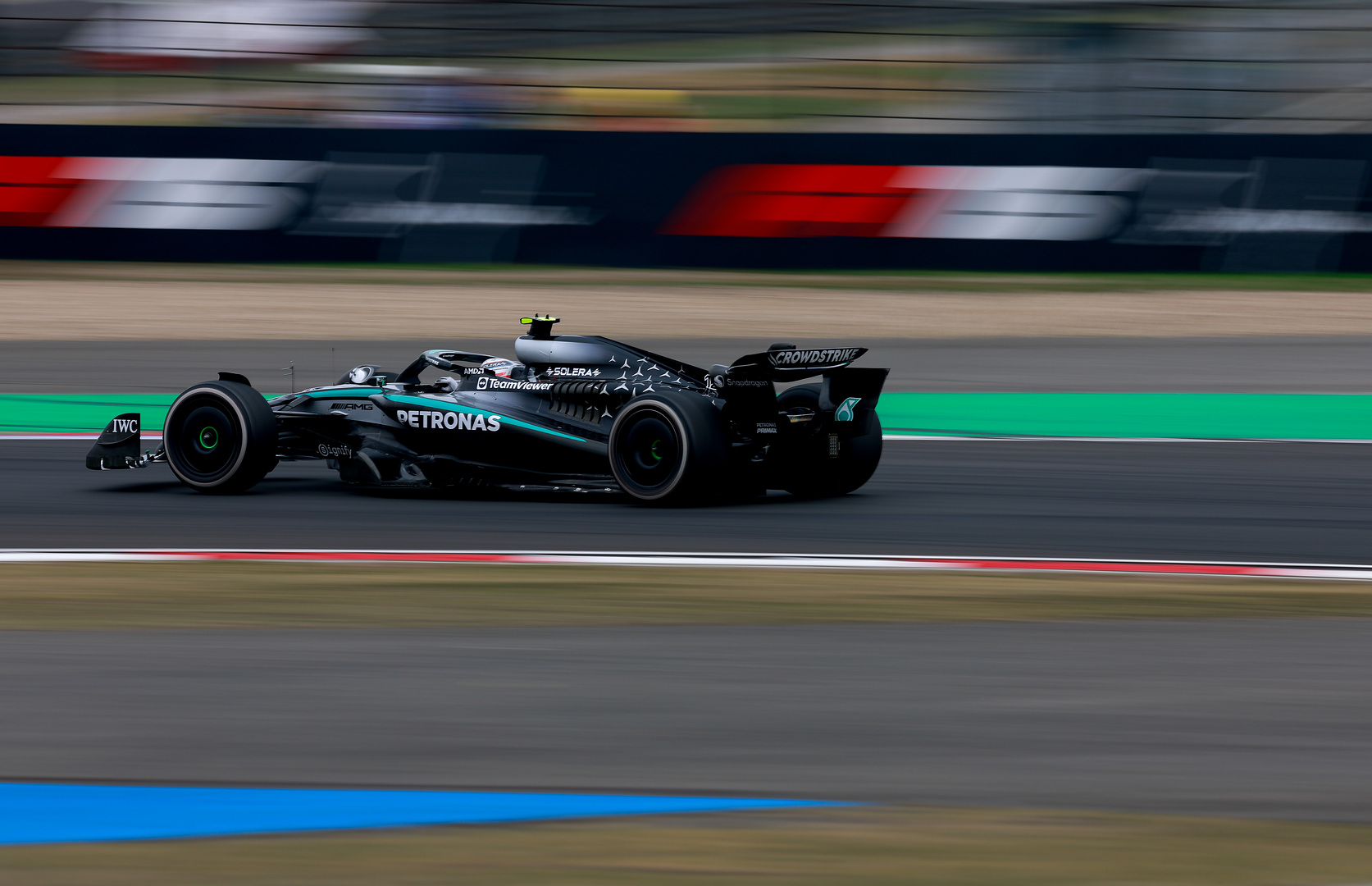Red Bull is evaluating whether it can effectively implement a Mercedes-style sidepod design in Formula 1.
Based in Milton Keynes, the team has taken a radical approach to transforming its car this year, incorporating features similar to those used by Mercedes in the past. This redesign includes high gulleys along the engine cover and t sidepods with a vertical inlet, similar to Mercedes’ zeropod version from last year.
For cooler races at the beginning of the season, Red Bull plans to introduce an even more radical sidepod solution, potentially reducing airflow to the radiators further.
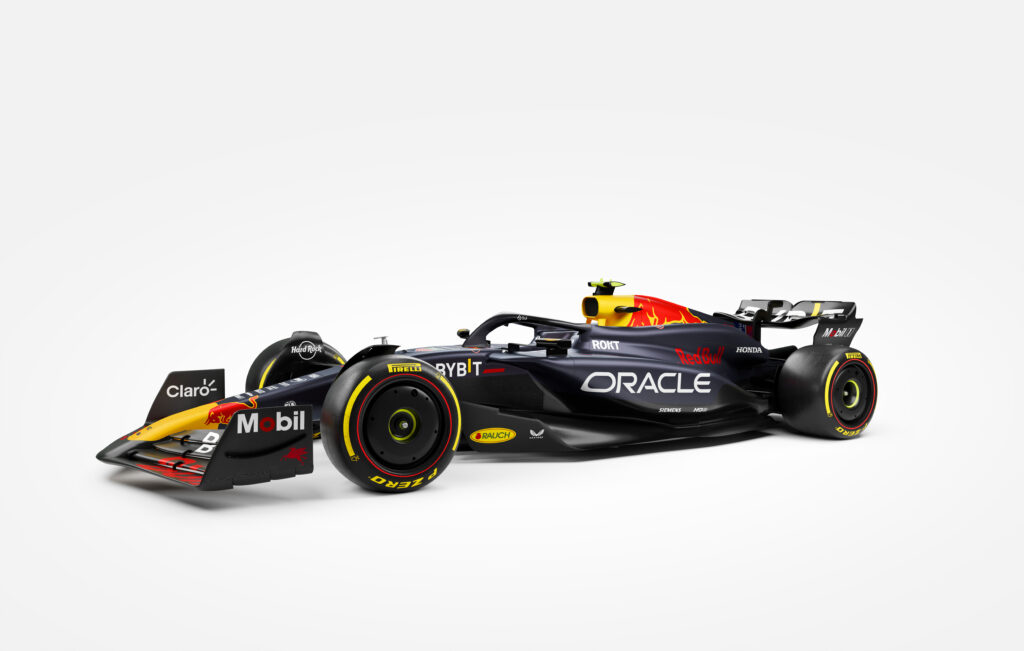
The team’s exploration of concepts similar to Mercedes has sparked significant interest. However, Red Bull’s motorsport advisor, Helmut Marko, has cautioned. He acknowledges that despite promising wind tunnel performance figures, Mercedes struggled to capitalize on the zeropod solution in practice.
Reflecting on Mercedes’ experience, Marko noted:
“We will now see in the tests whether we can successfully implement this solution, or let’s say a similar solution.”
Although Red Bull’s design shares similarities with Mercedes’ concept, it isn’t as extreme.
“We don’t have it as extreme [as Mercedes], but we have it in a similar direction in terms of the idea.”
Red Bull’s chief technical officer, Adrian Newey, prefers designing cars with minimal radiator presence, Marko humorously remarked.
“Adrian Newey always favoured cars without radiators. But of course, the engine people can’t do that. That is logical.”
He highlighted the significance of the RB20’s launch version, laying the foundation for the 2024 season.
“It’s more than an evolution. It’s a small revolution. It is the basis of what will be used in 2024. In terms of simulation and the wind tunnel, it all worked very well,” he said, emphasising the successful outcomes in simulations and wind tunnel testing.

